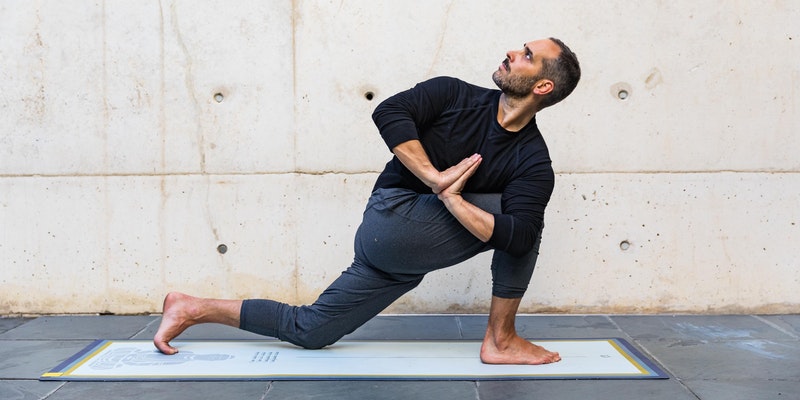Yogis seek harmony with the principles that govern the universe and are committed to perfecting themselves until they connect with their divine nature
The general idea is that, individually, we are like the waves of a great ocean. That means that we’re all connected and we share the same essence. We’re all made of body, mind and soul; an individual soul that is united and is part of a universal soul. Yogis know, they believe, that they can be more and more a reflection of this absolute that is within them and of which they are the means.
There are two types of yogis: renunciants, who leave common life to retreat to their spiritual practice in an uninterrupted way and those who have the same purpose of fulfilment, but live in society. The latter have a harder time establishing themselves in a regular practice, but are also more likely to interact with other people and contribute to the common good. Today we’ll focus on describing the life of a raja yogi who lives in society.
These yogis get up early to begin their sadhana or spiritual practice before going to work. They go to bed early and wake up early with great precision. They are very disciplined; they quickly connect with their breath and with the new mental state to make universal energy manifest through them. They make gentle unblocking movements, visualise their day and use external and internal cleansing methods such as cleaning their nostrils with salt water, drinking tea with lemon and moving their abdomen in circles.
Then they move on to a combination of asanas or yoga positions, breathing exercises and meditation. The idea is to internalise and connect with the self. Therefore, they must transcend the body itself, charge themselves with energy, direct their senses inward, appease their thoughts and meditate on the individual or absolute self.
Then they drink vegetable juice or eat cereal with nuts and rice milk, for example, but they don’t forget that they should not only live on food. Yogis nourish not only their physical bodies, but also the energetic and the spiritual ones.
Some of the methods they use are: eating essentially fresh food, especially vegetables; doing breathing exercises to get oxygen and eliminate carbon dioxide residues; exercise to vitalise the body but not lower their energy; go out to get some fresh air and to be in the sun for a while; etc. They eat in moderation to facilitate digestion and eat fibre to facilitate evacuation. Not wasting too much sexual energy is essential, as this brings great vitality. They nourish their spiritual body with meditation. Their goal is to maintain a meditative state all day.

Regarding work, they understand they have the right and duty to work to generate sufficient resources so that they and their families can live with dignity. They seek to do a job according to their talent or nature or that is rooted in their social or family environment, but always with a vocation for service. They also seek to participate in projects that offer a social service, improve people’s lives and help develop awareness.
Yogis renounce to the fruit of their actions. They do everything the best way they can, without worrying about the results, since they know that results depend on many factors. They work with enthusiasm, maximising positive actions, and following the life principles of traditional teachings based on respect and nonviolence, truthfulness and honesty.
When they return home, it’s time to share and enjoy life with their family. They eat a light dinner and combine it with time for self-study, observing how their day has gone. They read a paragraph of the sacred texts and finish their day meditating to reconnect and offer the fruits of their actions. They freshen up and wash before going to sleep with high consciousness.
